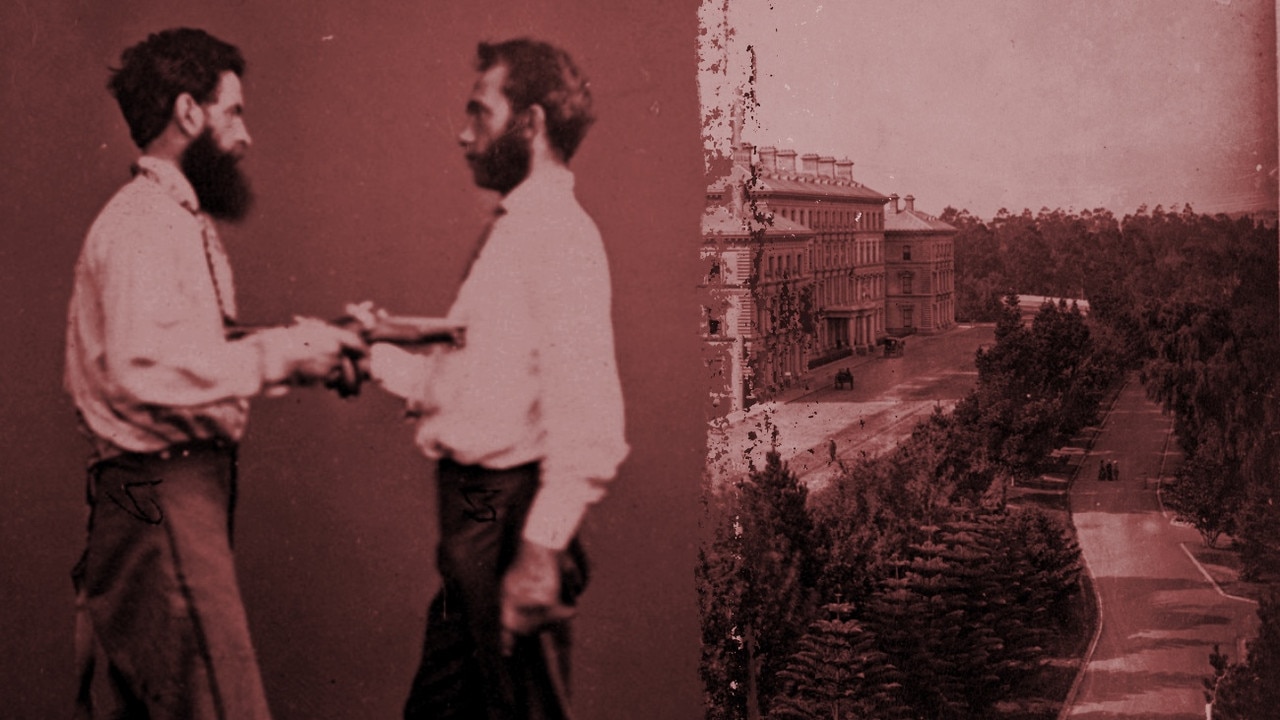The Melbourne history of Australian icon Allen’s lollies
FRECKLES, snakes, red frogs and pineapples: Allen’s lollies have been a staple of Aussie parties and cinema trips for generations. But the company was once renowned for its “skyline spectacular” in Melbourne.
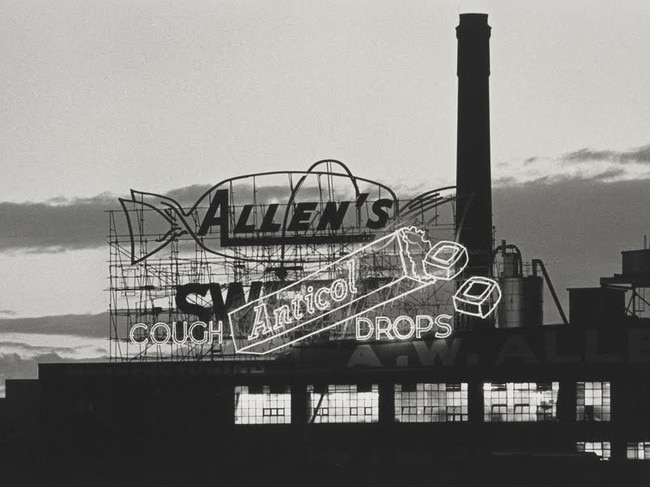
Melbourne
Don't miss out on the headlines from Melbourne . Followed categories will be added to My News.
FRECKLES, snakes, red frogs, raspberries and pineapples.
Allen’s lollies have been a staple of Australian children’s parties, cinema trips, and primary school canteens for generations.
And the company’s South Melbourne factory became a Melbourne icon when a neon sign advertising its range of lollies was erected on top of the building in 1955.
MORE MELBOURNE NOSTALGIA
THE LUNCHBOX TREATS YOU WISH YOU GOT
Simply reading “Allen’s — Your Favourite Sweets” the colourful sign measured 30 metres wide by 12 metres high and sat on a scaffold originally intended for a Holden ad.
The sign was updated in 1969 by Claude Neon to include an animated 35-second sequence bearing the words “Allen’s Sweets”, “Cool Cool Kool Mints” and “Anticol Cough Drops”.
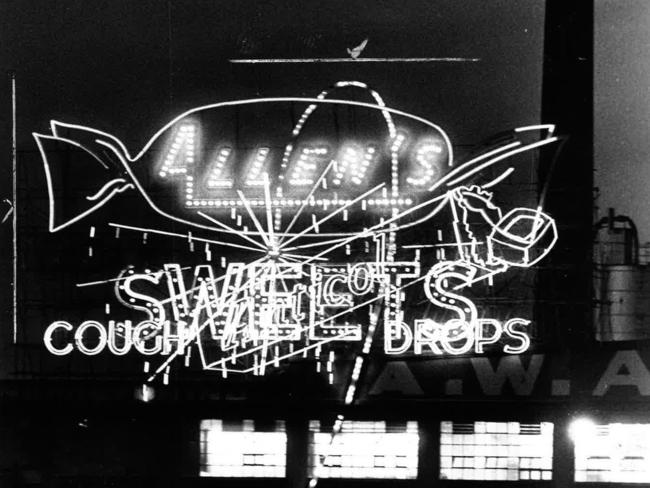
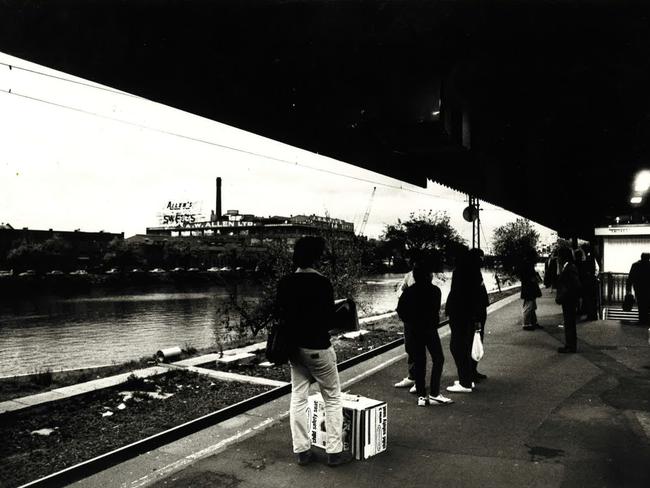
The sequence also involved neon raindrops, fireworks, and lozenges falling from an Anticol packet.
Such was the sign’s magnificence, it became known as Melbourne’s “skyline spectacular”.
In 1987, the Allen’s factory was relocated to make way for the redevelopment of Southbank into the dining and entertainment hub it is today.
Despite community outcry, the iconic Allen’s neon sign was also demolished, taking a slice of Melbourne’s history with it.
From its humble Melbourne beginnings, Allens grew into the nation’s most loved sweets, bringing joy to people across the country for over 100 years.
Alfred Weaver Allen began producing his own brand of lollies at his confectionary store in Fitzroy in 1891, after learning the trade at MacRobertson’s.
Allen quickly branched out, supplying his brother’s North Fitzroy shop and Eastern Market stall, before taking over the premises of two North Melbourne confectionary manufacturers in the late 1890s.
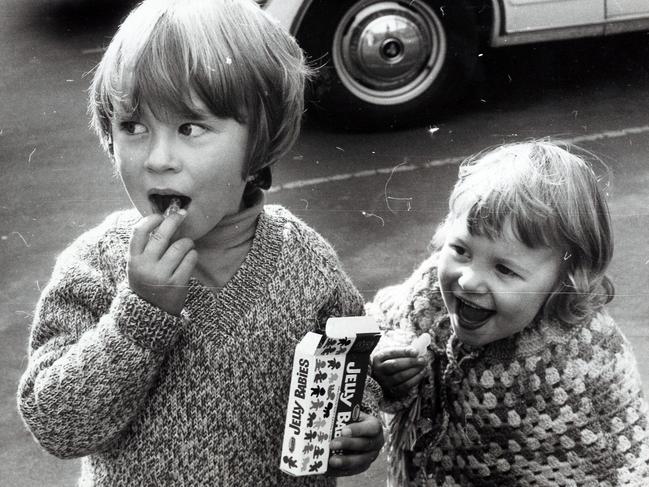
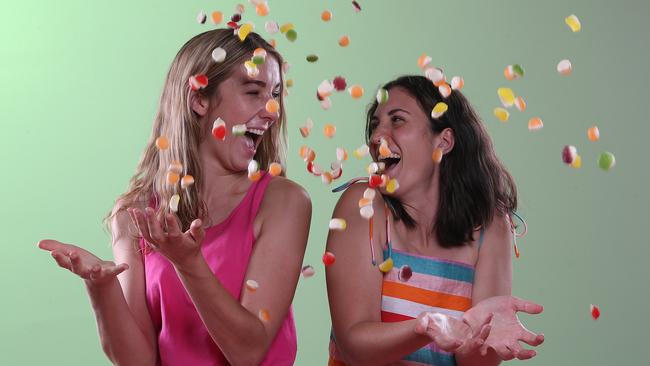
By 1909, Allen’s had become the third largest confectionary business in Melbourne after MacRobertson’s and Hoadley’s.
With business booming, Allen brought together eight other confectionary manufacturers and a dentist in 1917 to form A.W. Allen Ltd.
In 1922, the company went public and relocated to a new factory in South Melbourne.
Designed by Melbourne architect Joseph Plottel, the factory sat on the banks of the Yarra, across the river from Flinders Street Station.
Favourites produced at the South Melbourne site included Snakes Alive, Strawberries and Cream, Kool Mints, Chicos, Ripe Raspberries, and Racing Cars.
Alfred Allen died three years after the factory opened, leaving his family with an estate worth over £41,000.
While the business faced a period of financial instability between Allen’s death and World War II, it lived on.

After the war, Allen’s stopped chocolate production to cut costs, but rose to prominence once again to become the largest confectionary company in Australia.
Between the 1920s and early 1940s, A.W. Allen Ltd included trading cards in some lolly packets.
Different themes of cards included butterflies and moths, kings and queens of England and cricketers.
After almost a century in Australian hands, Allen’s was sold to UK-based Rothmans Holdings in 1985, before changing hands two years later to its current owners Nestlé, when the iconic neon sign was lost to Melbourne.
But with Nestlé’s acquisition of Sydney confectionary company Sweetacres, Aussie favourites such as Minties, Jaffas and Fantales came to bear the Allen’s name.
MORE:

